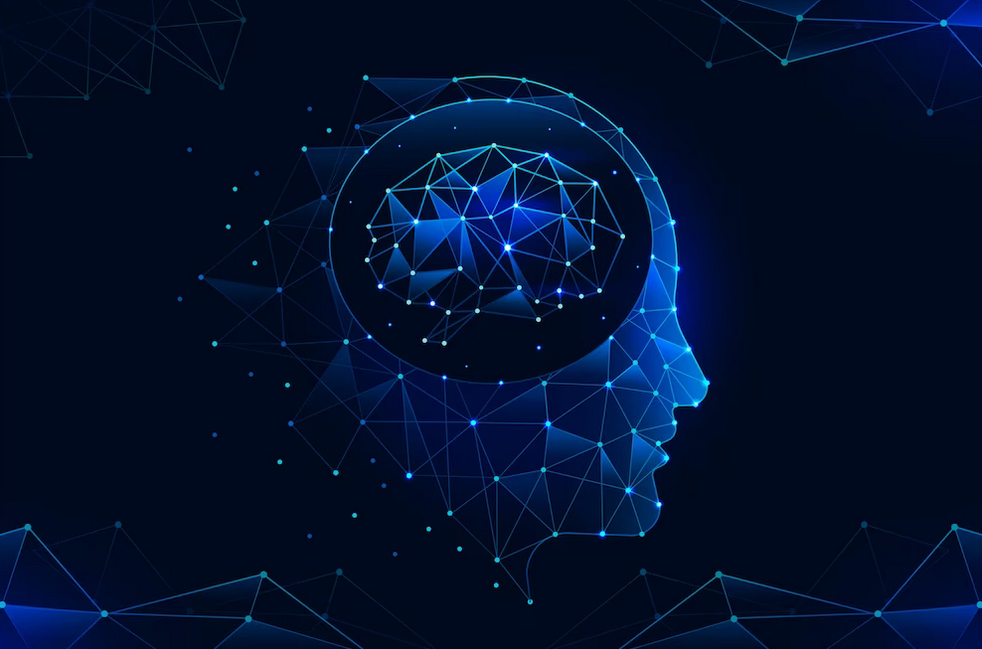ML techniques have revolutionized various fields, enabling computers to learn from data, identify patterns, and make any predictions without explicit programming. This article provides an in-depth exploration of machine learning techniques, ranging from supervised and unsupervised learning to reinforcement learning and deep learning. By elucidating the principles, algorithms, and applications of these techniques, we aim to shed light on their transformative impact across diverse domains, including healthcare, finance, autonomous systems, and beyond. Understanding the intricacies of machine learning techniques empowers practitioners and researchers to harness their potential for solving complex problems and driving innovation in the era of artificial intelligence.
Machine learning, a subset of artificial intelligence, encompasses a diverse set of techniques and algorithms that enable computers to learn from data and improve performance over time. From recognizing patterns in images and texts to making predictions in financial markets and optimizing supply chains, machine learning techniques have permeated various facets of society, revolutionizing industries and driving innovation. This article provides a comprehensive overview of machine learning techniques, elucidating their principles, algorithms, and real-world applications.
Supervised Learning:
Supervised learning is a machine learning paradigm where the model learns from labeled training data, consisting of input-output pairs, to make predictions on unseen data. Common supervised learning algorithms include linear regression, logistic regression, decision trees, support vector machines (SVM), and neural networks. These algorithms are used for tasks such as classification, regression, and time series forecasting in domains such as healthcare (diagnosis), finance (credit scoring), and marketing (customer segmentation).Unsupervised Learning:
Unsupervised learning involves training models on unlabeled data to discover patterns, structures, and relationships inherent in the data. Clustering algorithms, such as k-means clustering, hierarchical clustering, and density-based clustering, group similar data points together based on their features. Dimensionality reduction techniques, such as principal component analysis (PCA) and t-distributed stochastic neighbor embedding (t-SNE), reduce the dimensionality of data while preserving its structure. Unsupervised learning finds applications in exploratory data analysis, anomaly detection, and recommendation systems.Reinforcement Learning:
Reinforcement learning is a type of machine learning where an agent learns to interact with an environment through trial and error to maximize cumulative rewards. The agent takes actions based on its current state and receives feedback (rewards) from the environment. Popular reinforcement learning algorithms include Q-learning, deep Q-networks (DQN), and policy gradient methods. Reinforcement learning has been successfully applied to problems such as game playing (AlphaGo), robotic control, and autonomous driving.Deep Learning:
Deep learning is a subset of machine learning that utilizes neural networks with multiple layers (deep architectures) to learn hierarchical representations of data. Convolutional neural networks (CNNs) are widely used for image recognition and computer vision tasks, while recurrent neural networks (RNNs) are suitable for sequence modeling and natural language processing (NLP). Deep learning techniques have achieved remarkable success in areas such as speech recognition (Google Assistant), language translation (Google Translate), and autonomous vehicles (Tesla Autopilot).


Machine learning techniques have transformed the way we analyze data, make decisions, and solve complex problems across diverse domains. From supervised and unsupervised learning to reinforcement learning and deep learning, these techniques offer powerful tools for extracting insights from data, predicting future outcomes, and automating tasks. By understanding the principles, algorithms, and applications of machine learning techniques, practitioners and researchers can leverage their potential to drive innovation and create value in a wide range of fields, shaping the future of artificial intelligence and technology.


